AO Edited
De Kangxi-Verbiest Hemelglobe (Kangxi-Verbiest Star Globe)
A replica of a 17th-century map of the stars stands in the courtyard of a Belgian university.
Update as of September 2023: The globe is currently closed for renovations.
A courtyard at the Catholic University of Leuven is home to a unique globe, a replica of an instrument that a 17th-century Jesuit missionary created for the Chinese imperial court.
Astronomy was an important science in 17th-century China, as the emperor drew power and authority from correctly predicting astronomical phenomena like eclipses. If these predictions were incorrect, or phenomena were missed, it could be seen as a sign that the heavens were not agreeing with the emperor’s power. Needless to say, a lot of money and resources were spent on astronomy and these predictions, with state-of-the-art tools being developed and installed in Bejing Observatory. However, a lot changed when the Flemish Jesuit missionary Ferdinand Verbiest arrived in China.
An astronomer and mathematician, Verbiest took advantage of the Kangxi Emperor’s fascination with astronomy to gain influence in the courts. He hoped that if the western science he presented was accepted, the Christian teachings he brought would be as well. Though he was wrong about the latter, his demonstrations of European astronomy concepts and calculations had a massive impact.
Verbiest was able to point out inaccuracies in the Chinese calendar, which were confirmed by instruments at the imperial observatory. In 1669, Verbiest was appointed Director of the Beijing Imperial Observatory and head of the Mathematical Tribunal. He developed a number of instruments while at the observatory, including a large celestial globe that charted the locations of celestial objects.
Verbiest remained in China for the rest of his life, and after his death in 1688, he was given a state funeral. These days, his name is still known in China and a good bond exists between Leuven and China because of this. Three hundred years after Verbiest’s death, the Chinese government donated an exact replica of the globe to the university. Created using traditional methods, the globe weighs 3,850 kilograms (8,488 pounds) and has a total of 1,888 stars and heavenly bodies, all that was known back then. It is a popular attraction for amateur astronomers as well as tourists and Chinese students.
The globe has also been a site of protest. It was inaugurated on June 2, 1989, just two days before the Tian’anmen Square massacre. In the wake of that violence, students in Leuven staged a protest in the courtyard where the De Kangxi-Verbiest Hemelglobe is located.
Know Before You Go
The globe is freely accessible through the park during the day and through an open gate at night. Just try accessing it via the west if the park is closed. In that case it is just beyond the gate, after a short tunnel.
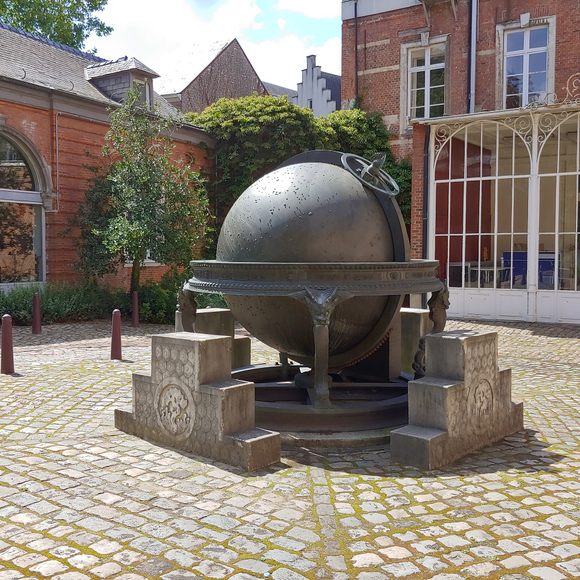

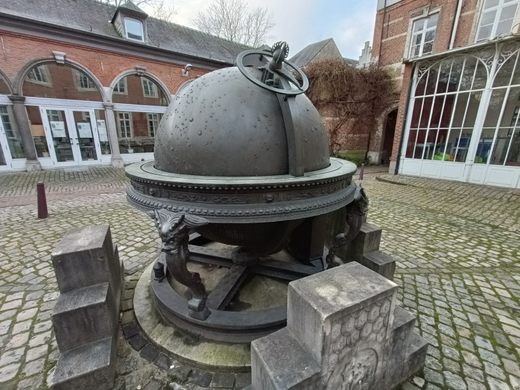
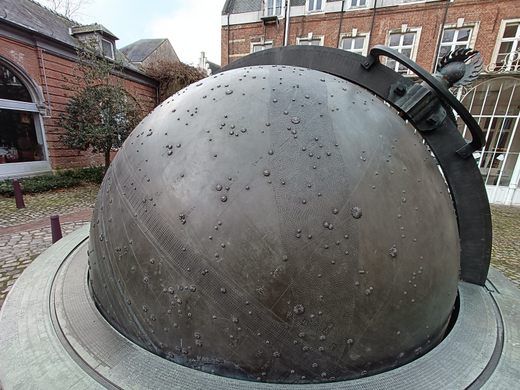
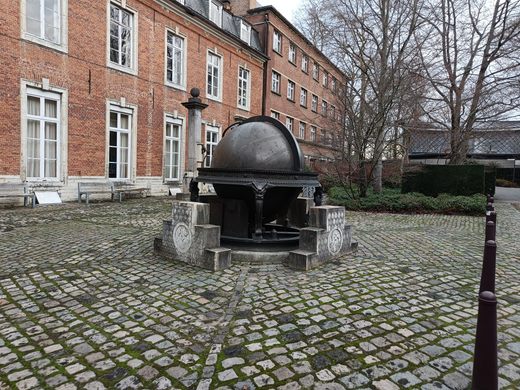



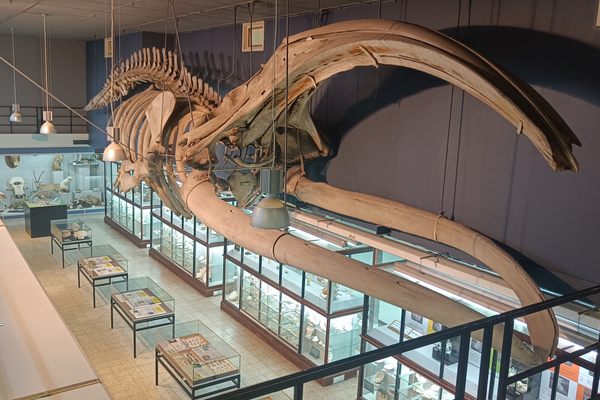
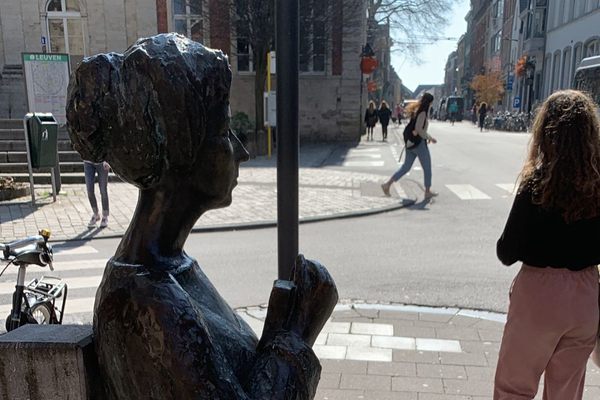
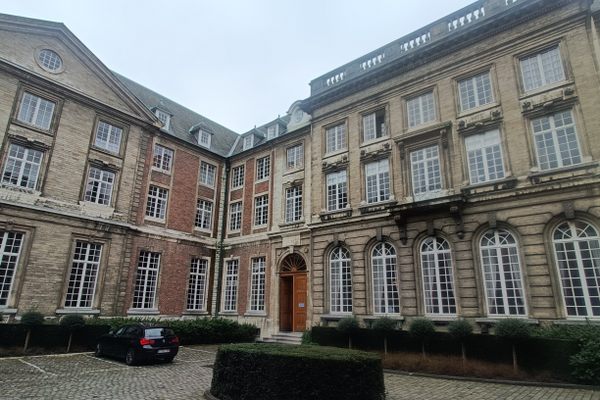


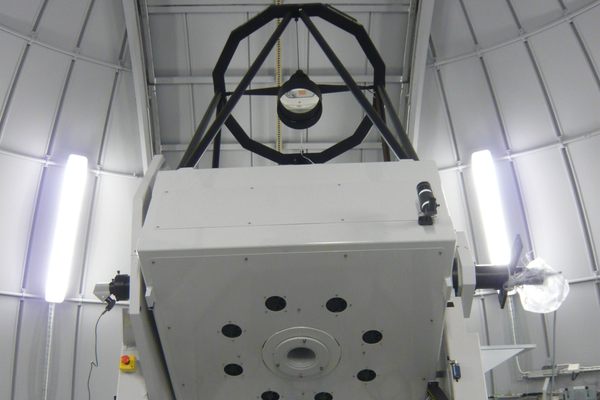

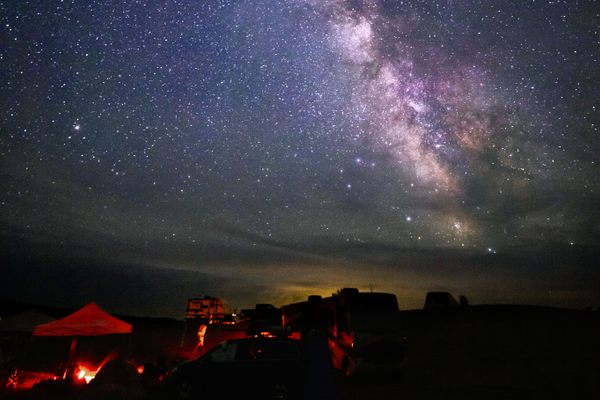

Follow us on Twitter to get the latest on the world's hidden wonders.
Like us on Facebook to get the latest on the world's hidden wonders.
Follow us on Twitter Like us on Facebook